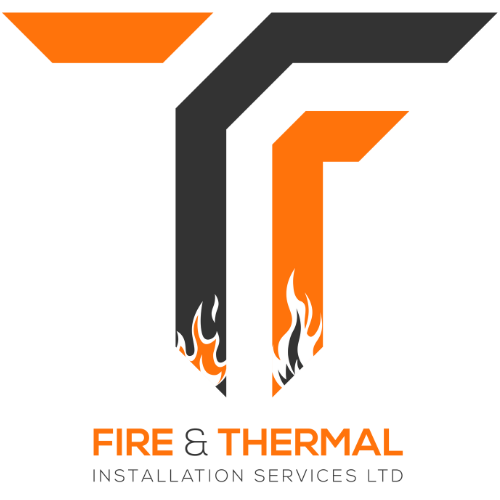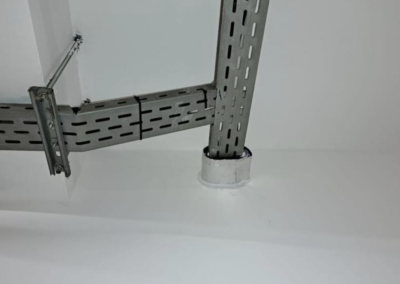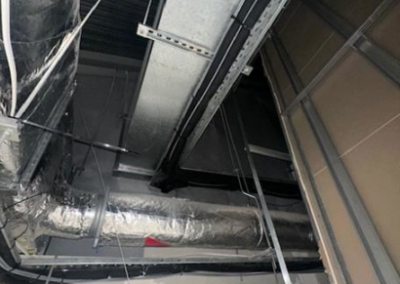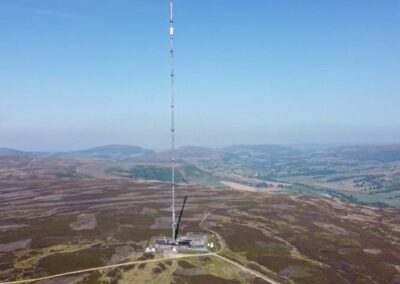Fire Stopping & Penetration Sealing / Slab Edge and compartmentation

Fire barriers, or ‘Ablative Coated Batt’ as they may be known are used to provide fire and acoustic barriers for voids created by the passage of services in both dry wall systems and masonry walls and floors.Types of penetrating services may include steel and copper pipes, PVC/HDPE/ABS cables often supported on ladders or trays or mechanical ducts. Most fire barriers are tested to provide the capability of up to 2 hours fire resistance and the same in heat insulation. Where needed in extreme requirements some solutions can be accomplished to achieve up to 4 hours fire resistance.
Most commonly found in acrylic, silicone and graphite form, these sealants provide an intumescent seal by adhering to most types of surface which form a non-hardening flexible seal.Intumescent sealants can be used to provide fire resistance to walls, floors, fire rated doors frames & glazing systems. Linear gaps can be sealed in masonry walls to ensure that the passage of smoke, toxic gases and fire is supressed for up to 2 hours.
Wraps & collars provide a simple and effective method of fire resistance whereby plastic pipework passes through fire resistant walls and floors.Collars will often consist of a coated steel sleeve containing a flexible graphite based intumescent liner which is closed of a mechanically fixed securely to the structure. Wraps will often comprise of layers of graphite intumescent sheets sat within a polythene sheath or as a flexible roll which can be fitted and adjusted to suit various sizes of pipes up to 160-200mm in diameter.
These pillows are designed to prevent the spread of fire where cables and other non-combustible services penetrate fire compartment walls and floors. Each pillow consists of a sealed fabric pillow filled with a high expansion intumescent material, which, when subjected to heat the intumescent material reacts producing a barrier of carbonaceous char or foam which provides an effective insulating plug and seal against flames and hot gases. Fire pillows are particularly useful when it may be necessary to create a temporary firestop or when the extent of service penetrations is not known.



